Pingal Devayan (Vol. 2): Brahma Kalpa (Vol. 2)
₹995.00
Sold By:
Motilal Banarsidass Publishing House
In stock
Pingal Devayan (Vol. 2): Brahma Kalpa (Vol. 2)
India, the beginning of each new era is traditionally marked by the composition of an epic. The history makes this quite clear. Pingal Devayan (Vol. 2): Brahma Kalpa (Vol. 2) The Ramayana was written down at the time before the transition from the Silver Age to the Bronze Age. Before the end of the Bronze Age and the beginning of the Iron Age, the Mahabharata was written. Now that the Iron Age is drawing to a close and the Golden Age is getting closer, a new epic known as Devayan has begun to take shape. In contrast to the previous two epics, Devayan does not only inform us of the impending arrival of the Golden Age. In its place, it provides an account of the whole of the human cycle, which spans 26,000 years and encompasses the Golden, Silver, Bronze, and Iron Ages. It is written in the Anusthupa metre, which is the traditional Indian epic metre, and comprises of thirty-two books that are each split into twelve volumes. Each volume has one thousand pages. It covers the "beginning and the creation of the cosmos," as well as the whole of the history of the globe throughout the four eras, up to and including the Golden Age that is about to begin. This is the era of the supramental awareness that Sri Aurobindo envisioned while he was writing. In the future, man will develop into a creature with an entirely different and divine awareness that is founded on the teachings presented in the Vedas. The venerable Indian custom is being practised today.
Author
Dr. Hazari
Too Good to Resist Sale is Live BUY AND SAVE NOW
Pingal Devayan (Vol. 2): Brahma Kalpa (Vol. 2)
In India, the beginning of each new era is traditionally marked by the composition of an epic. The history makes this quite clear. Pingal Devayan (Vol. 2): Brahma Kalpa (Vol. 2) The Ramayana was written down at the time before the transition from the Silver Age to the Bronze Age. Before the end of the Bronze Age and the beginning of the Iron Age, the Mahabharata was written. Now that the Iron Age is drawing to a close and the Golden Age is getting closer, a new epic known as Devayan has begun to take shape. In contrast to the previous two epics, Devayan does not only inform us of the impending arrival of the Golden Age.
In its place, it provides an account of the whole of the human cycle, which spans 26,000 years and encompasses the Golden, Silver, Bronze, and Iron Ages. It is written in the Anusthupa metre, which is the traditional Indian epic metre, and comprises of thirty-two books that are each split into twelve volumes. Each volume has one thousand pages. It covers the “beginning and the creation of the cosmos,” as well as the whole of the history of the globe throughout the four eras, up to and including the Golden Age that is about to begin.
This is the era of the supramental awareness that Sri Aurobindo envisioned while he was writing. In the future, man will develop into a creature with an entirely different and divine awareness that is founded on the teachings presented in the Vedas. The venerable Indian custom is being practised today.
Author
Dr. Hazari
About the Author(s)
Dr. Hazari was born in Khulna, now in Bangladesh, on 16 September 1917. Khulna is also the birthplace of Sri Aurobindo. At the age of eighteen, Dr. Hajari followed his Guru, Sri Aurobindo to his Ashram in Pondicherry. He dedicated his life to the ideals of Sri Aurobindo and the Mother and lived there till he passed away on 23 December 1978. He served as a homeopathic doctor and gained fame by healing patients with incurable diseases. Sri Aurobindo’s magnum opus, Savitri, was completed just before the master passed away on 5 December 1950. Three months later, Dr. Hajari had a vision, in which Sri Aurobindo appeared to him. This is how Dr. Hajari became the medium to receive the epic Devayan, a compendium and interpretation of all Indian legends. ABOUT THE TRANSLATOR: Amita Nathwani was born in Dehra Dun, India in 1944. Deeply influenced by Sri Aurobindo, she went to live at Pondicherry in 1963. She is married and since 1973, she is living in Europe. After working In India, Africa and Europe she has decided to dedicate her life to transcribing the twelve volumes of Devayan.
Additional information
| Weight | 0.5 kg |
|---|---|
| Dimensions | 10 × 11 × 12 cm |
| Book Author | Hazari |
Be the first to review “Pingal Devayan (Vol. 2): Brahma Kalpa (Vol. 2)”
You must be logged in to post a review.

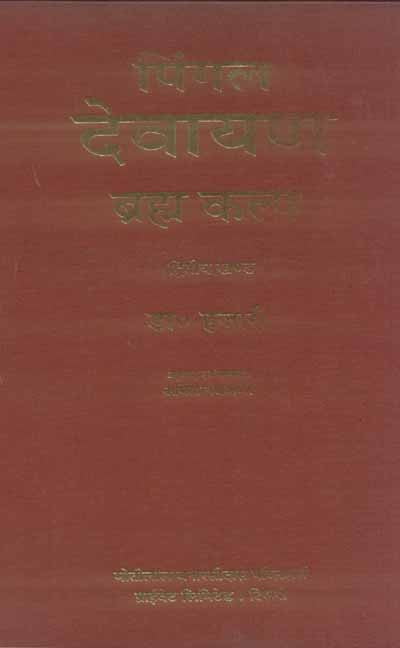
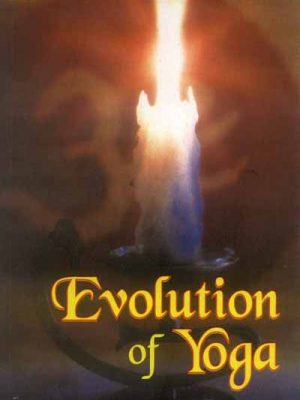
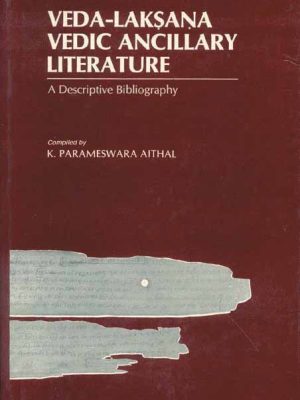
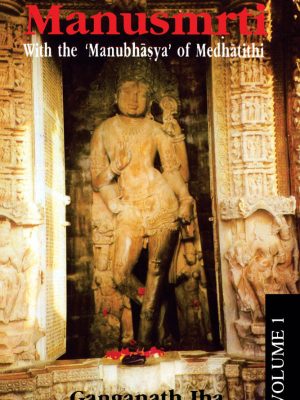
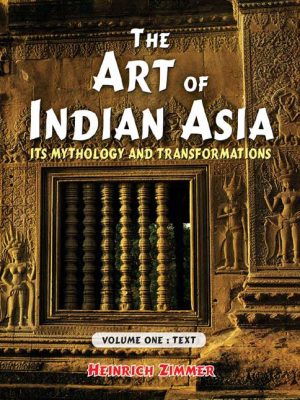
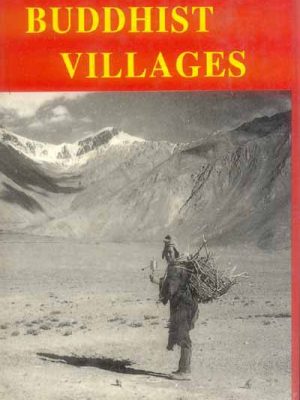
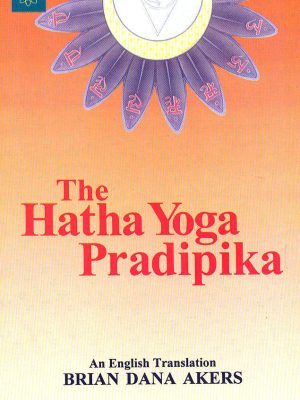


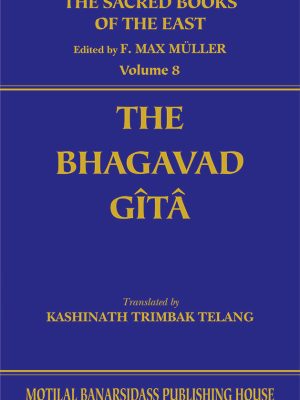
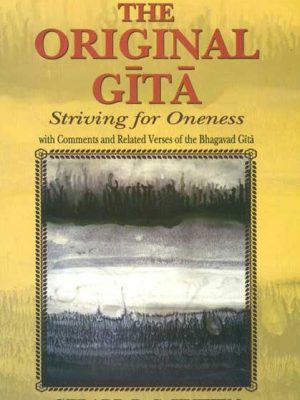

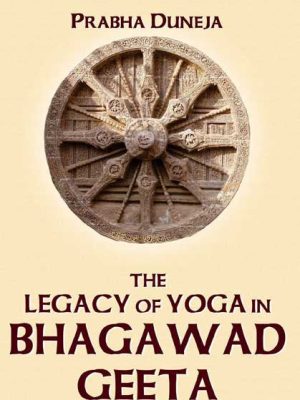
Reviews
There are no reviews yet.